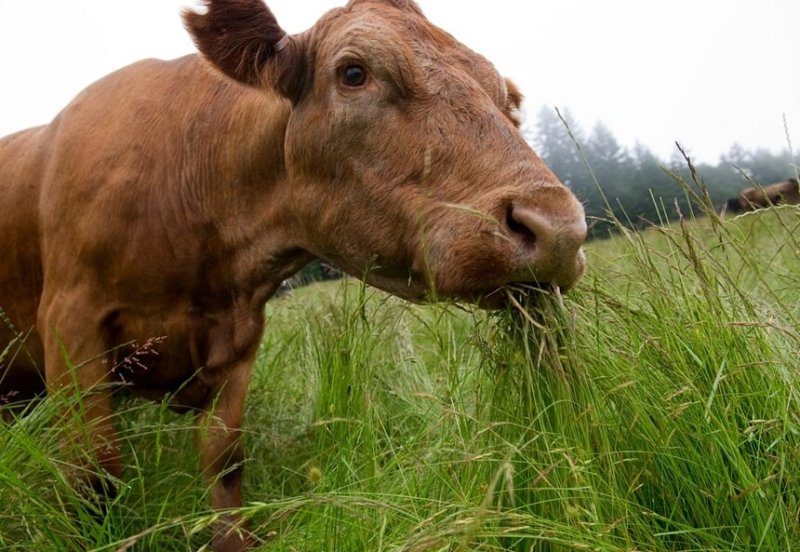[Editor’s note: Michael Clark is a PhD student in natural resources science and management at the University of Minnesota. David Tilman is an ecology professor at the University of Minnesota.]
A meta-analysis of life cycle assessments that includes 742 agricultural systems and over 90 unique foods produced primarily in high-input systems shows that, per unit of food, organic systems require more land, cause more eutrophication, use less energy, but emit similar greenhouse gas emissions (GHGs) as conventional systems; that grass-fed beef requires more land and emits similar GHG emissions as grain-feed beef….
In addition, our analyses show that increasing agricultural input efficiency (the amount of food produced per input of fertilizer or feed) would have environmental benefits for both crop and livestock systems.
[F]or all environmental indicators and nutritional units examined, plant-based foods have the lowest environmental impacts; eggs, dairy, pork, poultry, non-trawling fisheries, and non-recirculating aquaculture have intermediate impacts; and ruminant meat has impacts ~100 times those of plant-based foods.Our analyses show that dietary shifts towards low-impact foods and increases in agricultural input use efficiency would offer larger environmental benefits than would switches from conventional agricultural systems to alternatives such as organic agriculture or grass-fed beef.
…
Combining the benefits of different production systems, for example organic’s reduced reliance on chemical inputs with the high yields of conventional systems would result in a more sustainable agricultural system.
…
The difference in environmental impacts between foods is large compared to the difference between production systems and systems with different agricultural input efficiencies producing the same food.
The GLP aggregated and excerpted this blog/article to reflect the diversity of news, opinion, and analysis. Read full, original post: Comparative analysis of environmental impacts of agricultural production systems, agricultural input efficiency, and food choice































